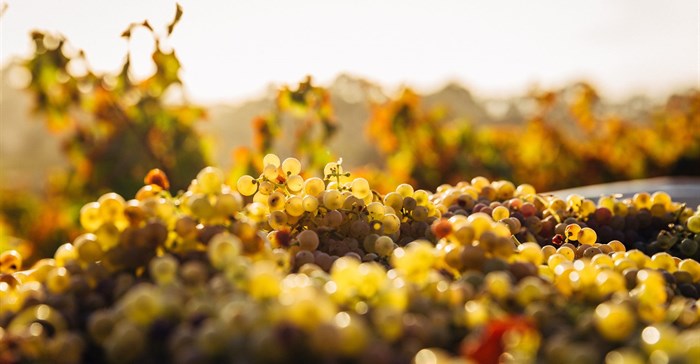
Related
Top stories


EducationFrom adversity to opportunity: African education’s revival strategies
Sanjeev Mansotra 4 hours


Marketing & MediaThe Odd Number named Financial Mail AdFocus Mid-Sized Agency of the Year
The Odd Number 8 hours


More news


















“Although a slightly larger 2017 wine grape harvest resulted in an increase in gross farming income, it did not keep up with the above-inflation hike in input costs, and many producers still realise a net farming income that is not sustainable in the long run,” says Andries van Zyl, senior agricultural economist at Vinpro.
Despite dry, hot conditions, the 2017 wine grape crop amounted to 1.4 million tonnes, a 1.4% increase from 2016.
The average gross farming income increased by 6% to R54,158/ha in 2017, while total production costs (cash expenditure and provision for renewal) rose by 7% to an average of R47,513/ha.
Production costs – which include direct cost, labour, mechanisation, fixed improvements and general expenses – have doubled in the past decade.
The average net income amounted to R6,645/ha in 2017, 1% lower than in 2016. However, for wine grape farms to be sustainable, they need to realise a net farming income of at least R27,000/ha.
Although the average producer is still not farming at sustainable income levels and more than a third of the participation farms operate at a loss, the most profitable producers are still gaining margin throughout the respective wine grape producing areas.
“Many producers will remember 2017 as a game changer due to the shrinking global wine supply and the pressure of the ongoing drought,” says Van Zyl.
“This can be either positive or negative. With the ageing and decreasing vineyard status, a structural shift is imminent, as local supply adjusts to meet global and local demand. There is now an opportunity for Brand SA to reposition itself in the market, ensuring a much-needed reinvestment in local supply.”